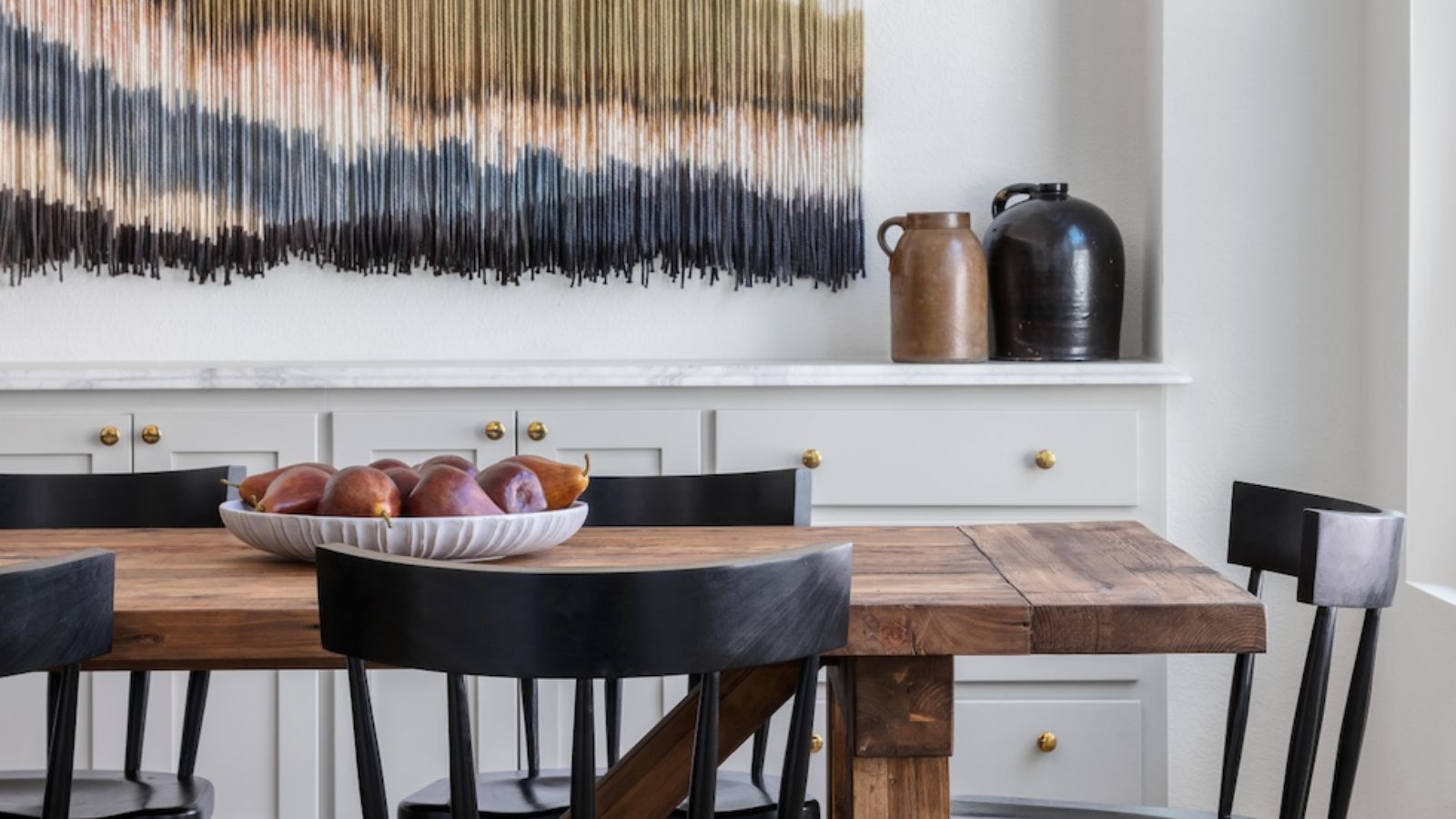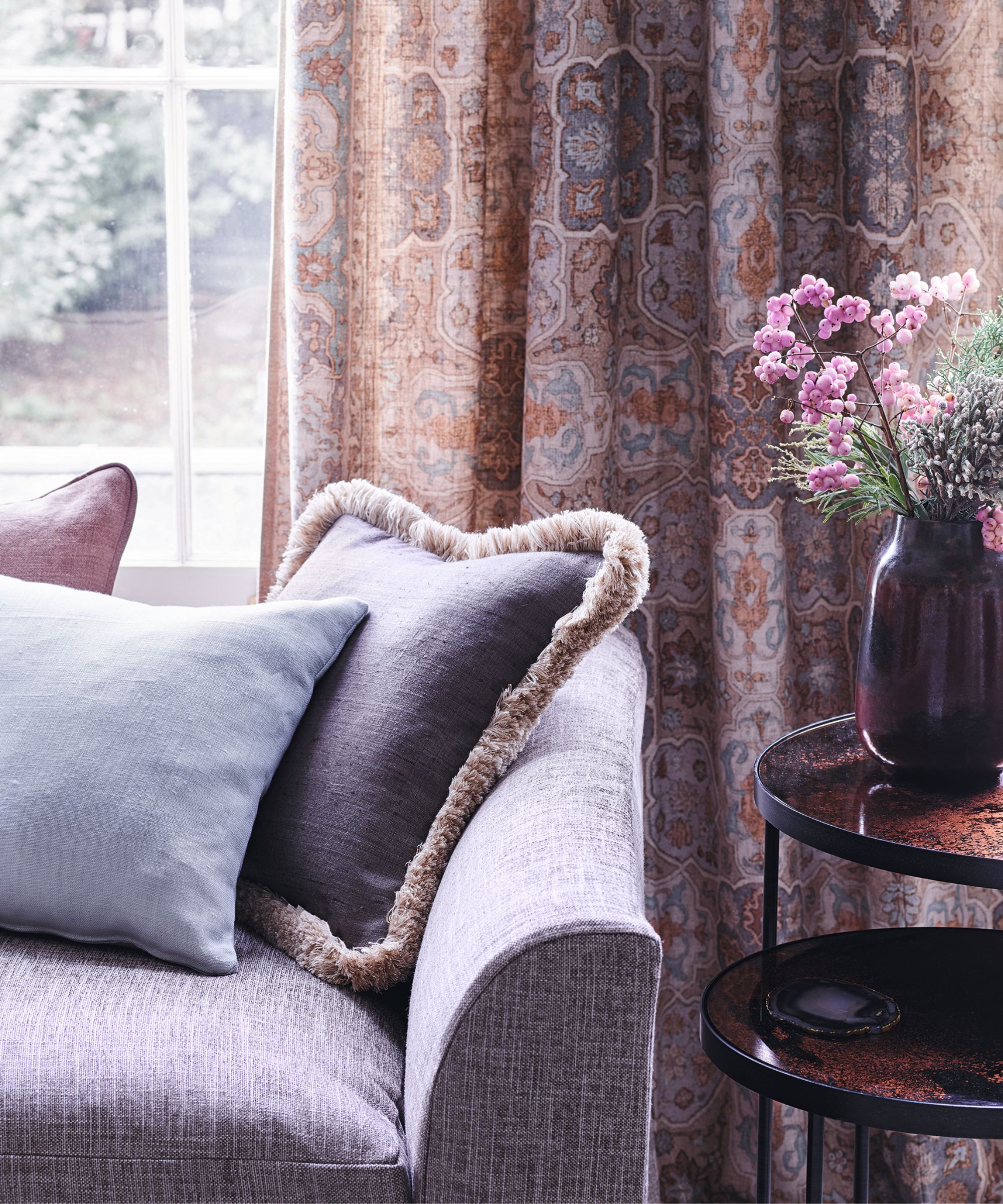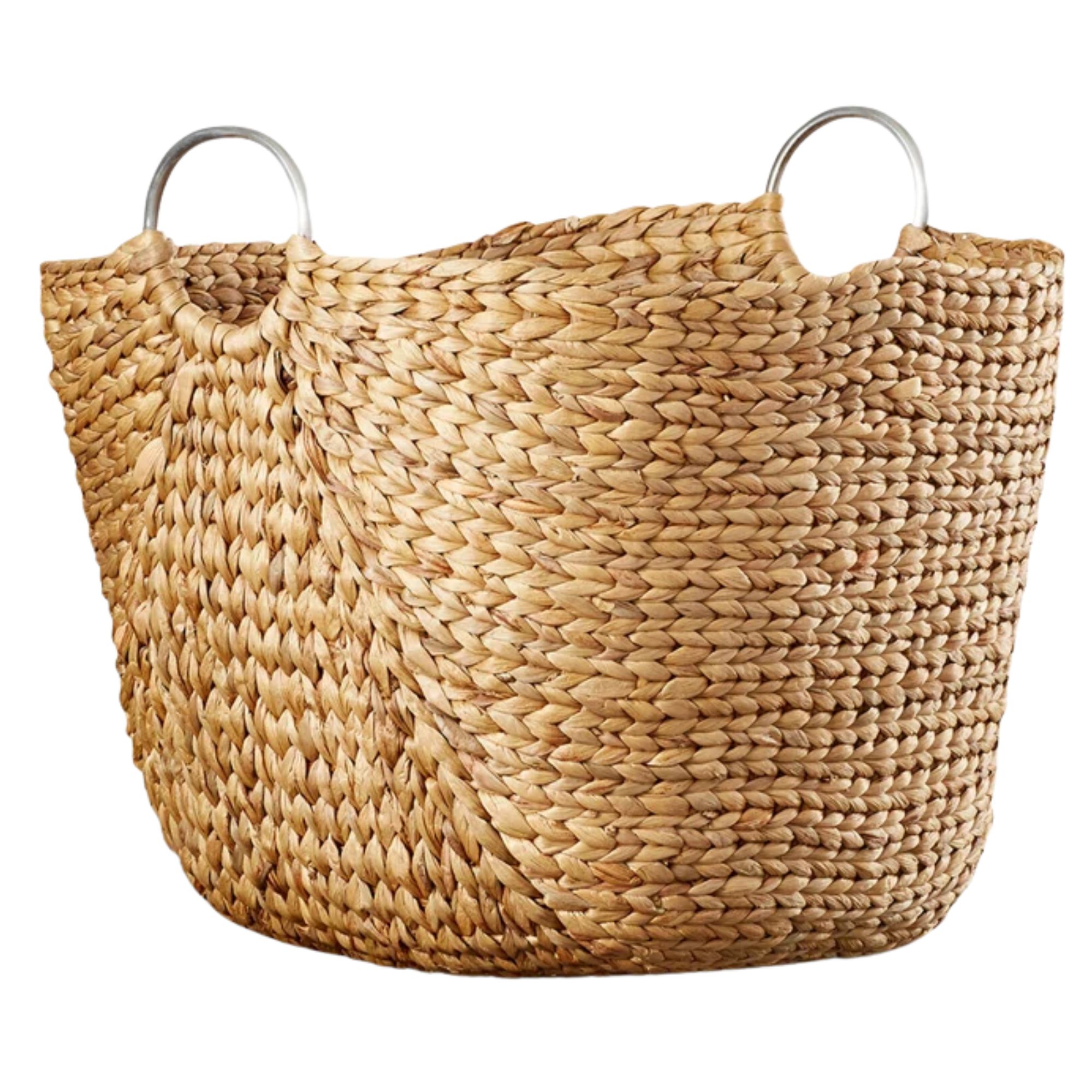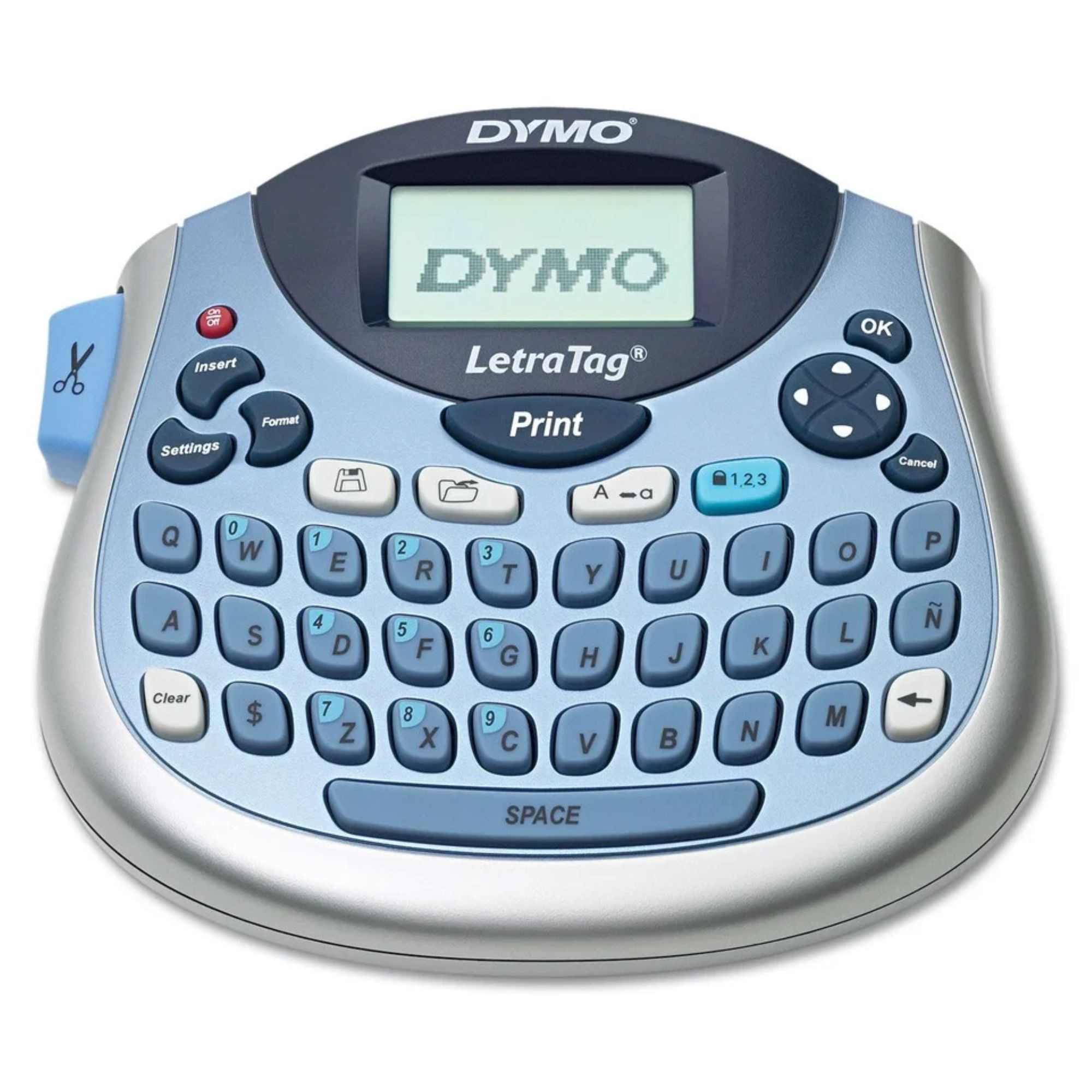
As with most things in life, the main roadblock when it comes to decluttering projects is decision fatigue. It starts with is this something I want to keep? or does this item spark joy? but often winds up becoming a whole lot more complicated. So, why not simplify the entire decluttering process, by making just one decision at a time, championed by the 'ODT,' or one decision at a time method.
Here, professional organizers share their thoughts on this straightforward decluttering method, and detail why it's perfect for overcoming decision fatigue.
Why is making one decision at a time an effective way to avoid overwhelm when embarking on a decluttering method?
Whichever way you choose to declutter, making just one decision at a time as you progress through the process will make it both more manageable and digestible.
As Tracy McCubbin, CEO and founder of dClutterfly, explains, 'When we have too many decisions to make, our brain goes into fatigue, and defaults into making bad decisions,' which is why it's often particularly difficult to declutter or tidy when feeling overwhelmed.
'The 'ODT method' can be a very successful method because it makes it easy to overcome decision fatigue,' or 'analysis paralysis,' as Ben Soreff, professional organizer at House to Home Organizing puts it.
'If you streamline your decision making process, you can streamline your tasks and move more easily from one to the next,' continues Tracy. 'This is particularly great for people who struggle with ADHD or get distracted easily,' or anyone struggling to overcome a decluttering roadblock.
The main reason for this, according to Di Ter Avest, professional organizer and founder of Diisorganized, is that when you try to make dozens, or hundreds of choices at once, it becomes very easy to freeze, leading to difficulty even starting a project.
'Making one decision at a time is a game-changer,' she says. 'Zooming in on just one item or category keeps your brain calm and focused.
'It gives you permission to slow down and be intentional, which fits right into the Organize Yourself Healthy method. It's not just about clearing clutter; it's about making decisions that support your well-being and provide a sense of relief from the overwhelm.'
How to use the 'ODT' method in your own home

Interestingly, all three of our trusted professional organizers recommend approaching using the 'ODT' method to make letting go of stuff easier in different ways, which highlights its flexibility and adaptability. For this reason, this method is suitable for everyone, no matter their circumstances, space, or size of the decluttering project they're embarking on.
Tracy simply recommends, 'Pick one pile of stuff, one small area, or one category and tackle it. Don't think about the bigger project. Take one item of clutter at a time, make a decision about it, complete the decision, and move to the next item.' In short, don't think about your decluttering checklist as a whole, but rather force yourself to have tunnel vision.
Similarly, Ben suggests categorizing, but advises using this decluttering tip by broadening the definition, to become larger than literally one decision at a time, and instead mean not one item but one category.
'We want to stay in one place and finish sorting out items for review, instead of finding a sock in the living room and running it down the laundry room,' he says. 'Instead, stay put and finish sorting.'
And, to Di, the way you break up your decisions will 'totally' depend on the project you're undertaking, particularly if you want to make decluttering your home when you feel overwhelmed significantly easier.
'It totally depends on the space and your energy,' she says. 'Some days, "one decision" might mean tackling a single drawer. On other days, it's choosing whether to keep or toss just the extra mixing bowls or old jeans.
'You can break it down by type, like papers, toys, or shoes, by location, like one shelf or bin at a time, or even by time, by setting a 10-minute timer,' such as this Kitchen Timer available at Walmart, and so on.
'The key is to set a boundary that feels manageable and not overwhelming. This flexibility empowers you to adapt the method to your needs and energy levels, making it more likely for you to follow through.'
Therefore, you can easily adapt and interpret this method to work for you, as long as you keep in mind the all-important mantra: make just one decision at a time.
What to shop
All prices were correct at the time of publication

'A timer is great for this method because it keeps you on track with your decision making,' says Tracy. 'This visual clock reminds you to stay focused on your one task at hand.'

'For bigger projects, you can use sorting bins or laundry baskets labeled "Keep," "Donate," and "Trash,"' recommends Di. 'These are visual cues for your decisions, and you're not shuffling items around in piles on the floor.'

'Products like label makers, storage containers, and shelving units can help you stay organized and maintain your decluttered space,' recommends Di.
Meet our experts
It can also be difficult to clean when you're feeling overwhelmed, but there are plenty of ways to spruce up your space without feeling any unecessary stress.







